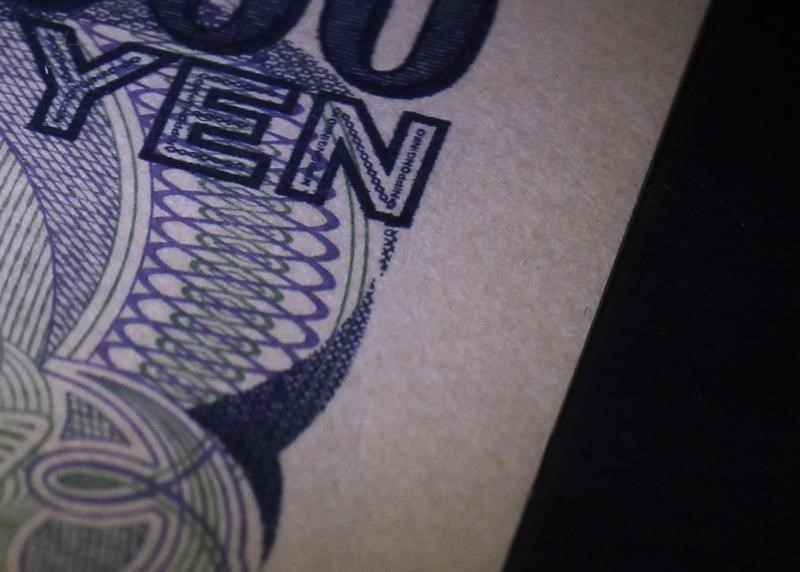By Ambar Warrick
Investing.com-- Most Asian currencies crept lower on Monday as concerns over worsening global economic growth kept the dollar close to a 20-year peak, while Australian and New Zealand currencies rose ahead of their respective interest rate decisions this week.
The Australian dollar rose 0.6%, while the New Zealand dollar added 0.8%. Central banks in both countries are expected to hike interest rates this week, as they grapple with rising inflation levels.
The Reserve Bank of Australia meets on Tuesday and is set to raise rates by at least 50 basis points (bps), while the Reserve Bank of New Zealand is expected to hike rates by a similar margin on Wednesday.
Both central banks are grappling with elevated inflation amid rising food and fuel prices. The rate hikes also come as central banks move to shield their currencies from rising rates across the globe.
The U.S. dollar index fell marginally to about 112.07 on Monday, after losing nearly 1% last week. But the greenback remained pinned near a 20-year peak, with the prospect of further weakness in the currency remaining low ahead of more interest rate hikes by the Federal Reserve.
Focus is now on U.S. nonfarm payrolls data this week, which is broadly expected to factor into the Fed’s plans for future rate hikes.
In Asia, the Thai baht and the Indonesian rupiah fell the most, losing 0.6% and 0.3%, respectively.
The Japanese yen was little changed as traders weighed more weak economic signals from the country against assurances from the government that it will act decisively to curb more weakness in the currency.
Japanese business sentiment worsened more than expected in the third quarter, a Bank of Japan survey showed on Monday. The reading casts more doubts over a potential recovery in the world’s third-largest economy this year.
The country’s finance minister Shunichi Suzuki said on Monday that the government stands ready to intervene in currency markets, as it did in September, to prevent deeper losses in the yen.
The yen has fallen sharply this year to 24-year lows, pressured by a widening gap between local and foreign interest rates.
Broader Asian currencies are also under pressure from rising U.S. interest rates, and are expected to see pronounced weakness until the Fed decides to end its tightening cycle.
But Asian trading volumes are expected to be somewhat muted this week due to a week-long holiday in China.
